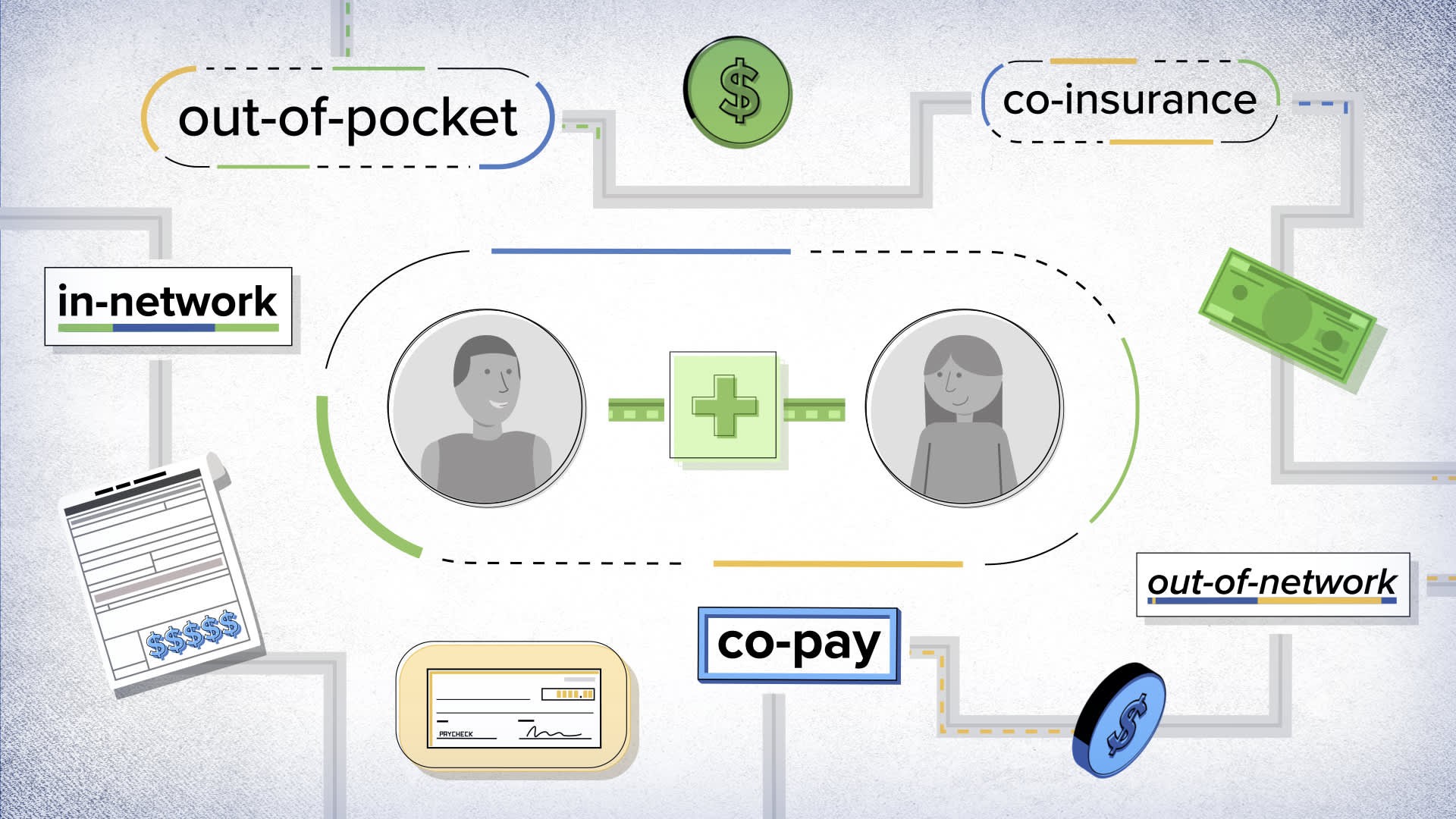Home insurance is an undeniable cornerstone of responsible homeownership. It stands as a financial sentinel, guarding your most valuable asset against unforeseen disasters like fire, theft, and water damage. While its importance is clear, the annual premium is a recurring expense that, like any other, deserves careful management. In a city like Singapore, where the cost of living demands prudent financial planning, many homeowners wonder if it’s possible to reduce this expense without compromising on protection. The answer is a resounding yes. The goal is not to find the cheapest possible policy, but to secure the best *value* by making strategic adjustments and informed decisions that can lower your premiums without leaving you dangerously exposed.
Perhaps the most powerful and direct lever you can pull to influence your premium is the policy’s deductible, also known as the excess. This is the pre-agreed amount of money you will pay out of your own pocket on a claim before your insurer’s coverage kicks in. Think of it as your share of the risk. There is an inverse relationship between your deductible and your premium: the more risk you are willing to assume in the form of a higher deductible, the lower your premium will be. By raising your deductible from S$500 to S$1,500, for example, you are telling the insurer that you can handle smaller, more manageable losses yourself. In return, they reward you with a lower annual cost. This is a strategic decision that should be based on your personal financial situation. If you have a healthy emergency fund and can comfortably absorb a small to medium-sized loss, opting for a higher deductible is an excellent way to save money on premiums while retaining full coverage for catastrophic events.
Another effective strategy is to ensure you are not over-insuring your property or its contents. For landed property owners, it is crucial to understand that you only need to insure the cost to *rebuild* the physical structure of your home, not the market value of the land it sits on. In a land-scarce environment like Singapore, where land value constitutes a massive portion of a property’s price, insuring for the total market value is a common and expensive mistake. Similarly, take the time to conduct a realistic inventory of your personal belongings. Many homeowners simply accept a default level of contents coverage, which may be far higher than the actual replacement value of their furniture, electronics, and personal effects. By creating an accurate inventory, you can select a more appropriate—and often less expensive—level of contents coverage.
Insurers are fundamentally in the business of pricing risk. It follows, then, that they will often reward homeowners who take proactive steps to make their homes safer and less risky to insure. Installing centrally-monitored fire and smoke alarms or a comprehensive home security system can significantly reduce the likelihood of a major fire or theft claim. Informing your insurer about these protective measures can often lead to a tangible discount on your premium. While routine home maintenance, such as checking for plumbing leaks or trimming tree branches away from your roof, may not provide an immediate discount, it plays a vital role in preventing claims. A strong, claim-free history is one of the best ways to ensure you receive favorable rates at renewal time.
Finally, do not underestimate the power of being a savvy shopper and building good relationships. Many insurance companies offer significant discounts to clients who bundle multiple policies with them, such as combining your home and auto insurance. This consolidation is more efficient for the insurer, and they often pass these savings on to you. While loyalty to a good insurer can have its benefits, the market is competitive. As of July 2025, online comparison tools make it incredibly easy to gather competing quotes. It is wise to perform this check every few years to ensure your current provider remains competitive. This doesn’t mean you should automatically switch for a marginally lower price, as a proven track record of excellent claims service is highly valuable, but it keeps you informed and ensures you are paying a fair price for your coverage.
Ultimately, managing your home insurance premium is an exercise in smart financial stewardship. It is about understanding the levers you can pull—from adjusting your deductible and right-sizing your coverage to making your home safer and shopping wisely. By taking these deliberate and informed steps, you can maintain robust protection for your most cherished asset while also enhancing your overall financial efficiency.


